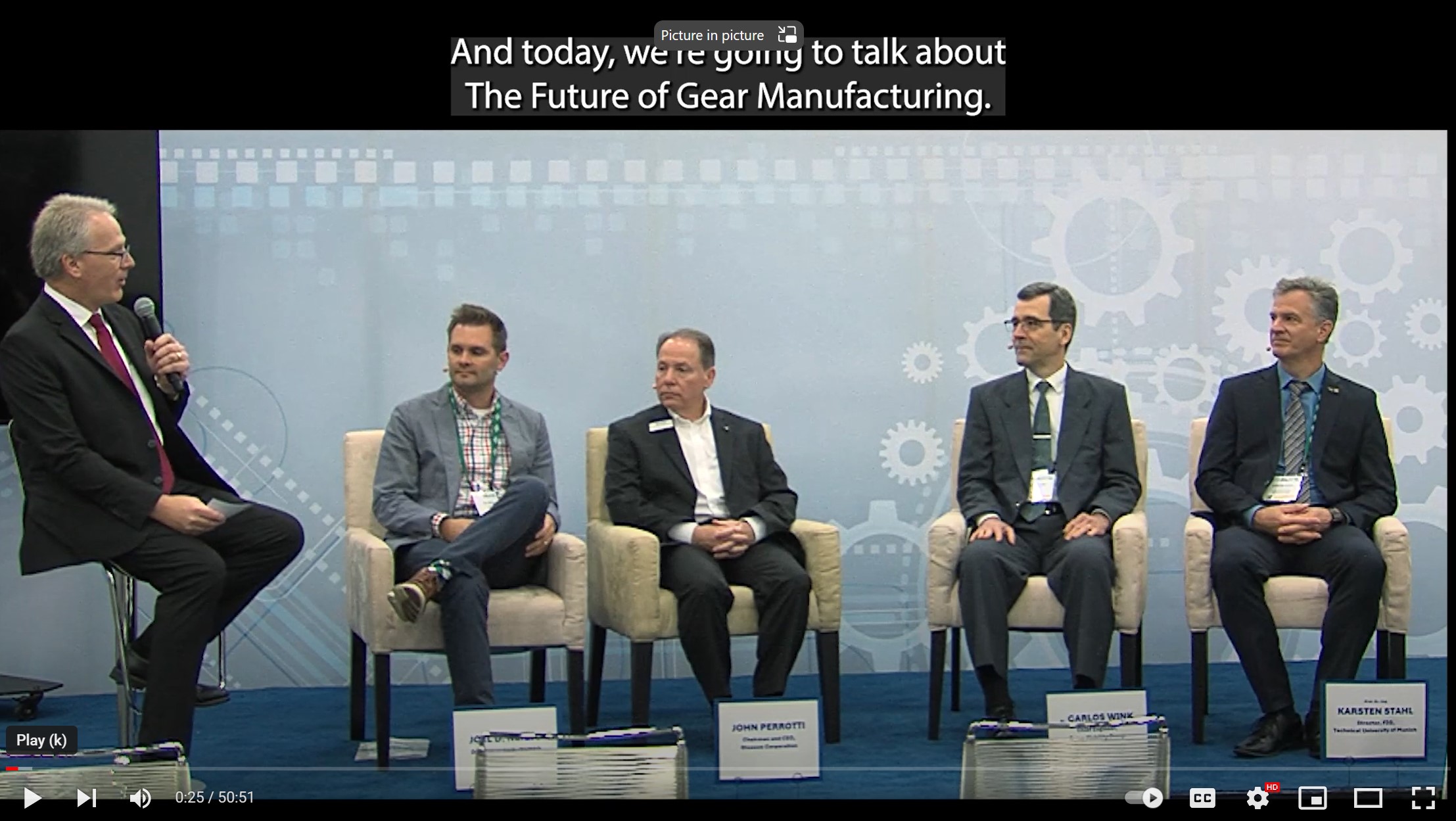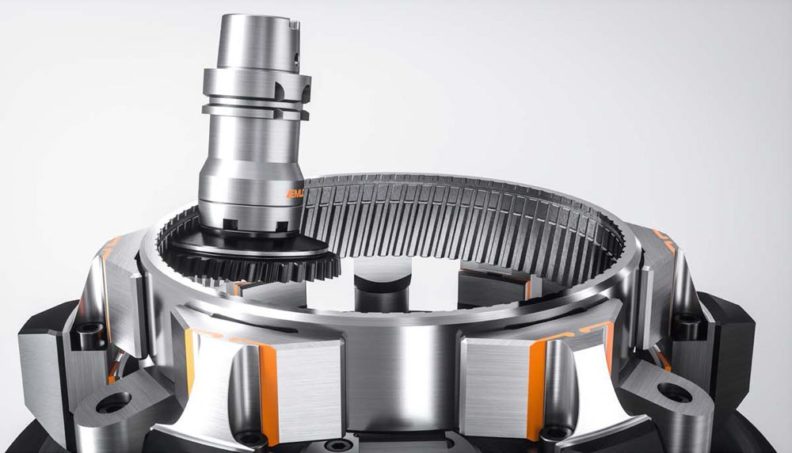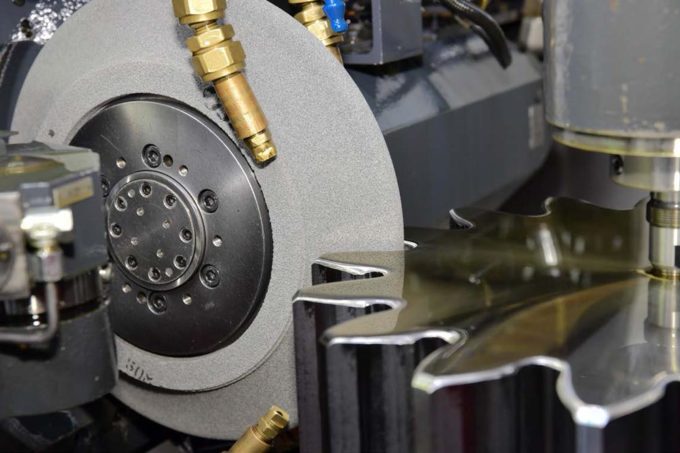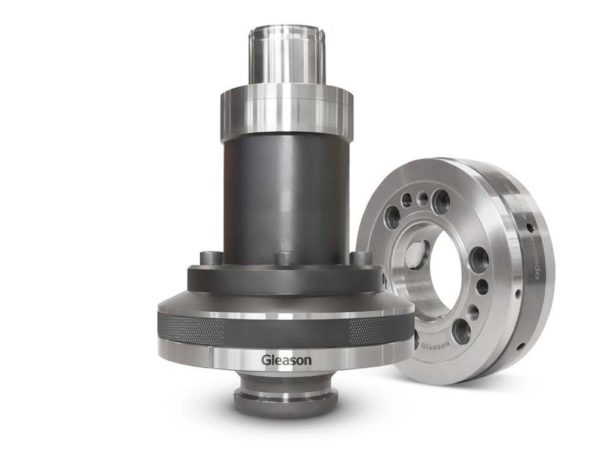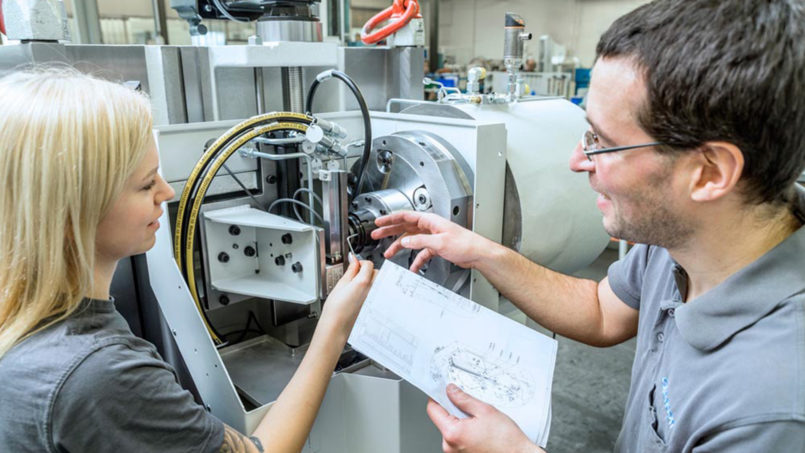Origin Story: How Standards Start
You may be wondering, where do these standards come from? And the answer, for U.S. gear standards, is from experts in the industry (like you!) serving on AGMA technical committees. Even though standards writing at AGMA began over 100 years ago, there is still work to be done in standardization today. As businesses continue to innovate and incrementally improve their existing products and processes, AGMA standards writing committees keep apace with that progress by developing new standards or revising existing ones to reflect the industry we serve.
The process of revising a standard, and the process of creating a new one, both start with industry stakeholders. AGMA always welcomes comments, suggestions for improvement, and inquiries about existing standards sent to tech@agma.org. Stakeholders can also comment on existing standards in the more formal reaffirmation process that happens for all standards every five years after initial publication.
Comments sent to tech@agma.org go through different levels of escalation depending on their nature. Simple comments are answered by AGMA staff, more technical questions are forwarded to the chairperson of the committee responsible for the standard. The chairperson may answer the question directly or decide to involve the entire committee in a formal request for interpretation process. The response to a formal request for interpretation must be agreed upon by consensus. In addition to sharing the response with the commenter, it will be shared on the AGMA website and filed for implementation in the next revision of the document. The final level of escalation, for comments that uncover a technical error, is either the issuance of a revision or an erratum to the standard. A limited scope revision that can be published within months is the preferred method to address a technical error. An erratum is generally issued when the committee doesn’t have time to do a limited scope revision or feels that a revision project would take longer than six months to complete.
Besides correcting a technical issue, the other reason to revise a standard is to bring it into alignment with current industry practices. Generally, the need to bring a standard up to date is decided by the committee responsible for the standard after reviewing the formal reaffirmation comments. It should be noted here that standards, by design, will always be a few years behind the latest practices. Practices need to be vetted, proven, and accepted by the industry before they can be developed as a standard on which both big and small manufacturers can reach a consensus. Having the standard set at a baseline gives room for companies to create better products and processes that exceed the standard.
The need for a new standard can come from comments sent to tech@agma.org, reaffirmation comments on a different standard, or from AGMA executive committees. Comments on topics not addressed by existing AGMA documents may be forwarded to AGMA’s Technical Division Executive Committee (TDEC), which oversees all AGMA standards writing committees. The TDEC can assign an existing, or create a new, committee to discuss a new document.
Regardless of the catalyst that kicks off a new or revised standard, the project needs a clearly defined proposal before it is formally approved by the TDEC. This proposal needs to identify the scope and need for the document, list the stakeholders willing to support the development of the document, and a timeline for completion of the document. Limited scope revisions should be completed within six months, whereas new documents and revisions that are open to editing the whole document should be completed within four years.
Now that you have been familiarized with the process to start a new standards-writing project, you can get involved! Send your questions, comments, and suggestions for improvement to tech@agma.org, and if you’d like to see all the work that goes into actually writing a standard, please consider joining one of AGMA’s standards-writing technical committees!
Related Articles
Related Events

-
February 16, 2024
-
-
Hydraulic Workholding Expands Its Horizons
February 16, 2024
-
Training: Invest in Your Most Valuable Asset
April 9, 2024 -
Gear Backlash in Robotics Applications
April 9, 2024
-
Training: Invest in Your Most Valuable Asset
April 9, 2024 -
Gear Backlash in Robotics Applications
April 9, 2024 -
Customize Gear Skiving for Precise, Efficient Gear Cutting
February 16, 2024

